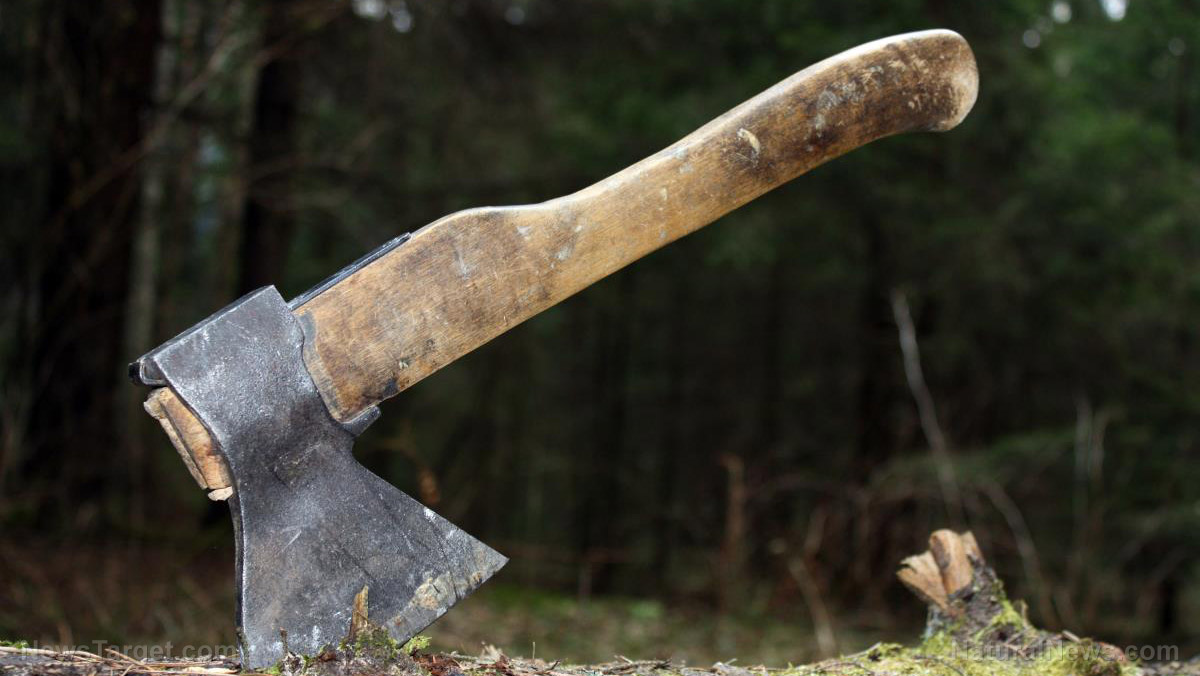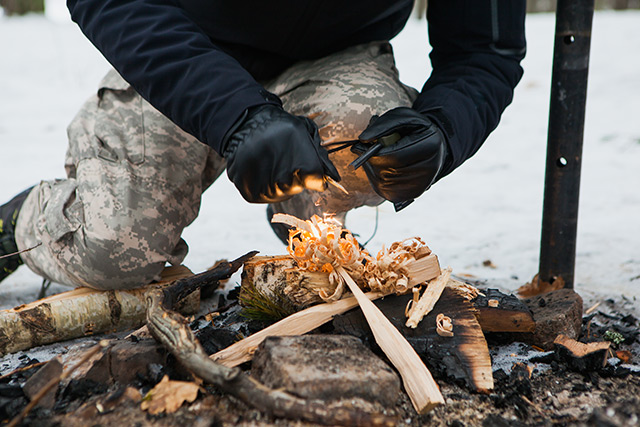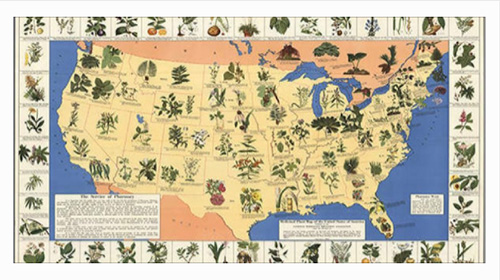Step-by-step guide to effortlessly grow oregano
08/02/2018 / By Earl Garcia

Growing oregano is relatively easy, especially indoors. Just like thyme, oregano can successfully thrive in a six-inch pot and can survive in a hot, dry, and sunny place. It is important to note that the herb grows best when sufficient light is provided. Placing the plant near a bright window is ideal so that the plant can absorb all the sunlight it can get. The plant is also drought-resistant, which means it does not need excessive water supply to survive. Water the plant regularly, but avoid going overboard.
The herb is also a hardy plant that may survive temperatures as low as 50 degrees Fahrenheit and as high as 80 degrees Fahrenheit. The plant needs an airy, light, and fast-draining soil to cultivate successfully. Fertilize the plant using a liquid fertilizer or amend the soil with controlled-release pellets.
It is essential to trim the leaves to help the herb grow bushier and increase yield. The herb can be transplanted outdoors in the summer. However, growers must be quick to bring the herb back indoors before drastic temperature changes occur, as it may kill the plant.
Growing oregano in the garden
Here are a few pointers in cultivating oregano in the garden.
- Planting the seeds and cuttings — When planting oregano seeds outdoors, it is important to do it about six weeks before the last frost. When planting cuttings or seedlings, make sure that the soil’s temperature is at least 70 degrees Fahrenheit.
- Soil — Oregano grows best in light, well-drained soil. The plant cultivates well in a moderately fertile soil. This means that further fertilization or addition of compost is not necessary.
- Sunlight — The plant grows well when either partially or fully exposed to sunlight. Exposure to full sunlight intensifies the herb’s flavor. While it cultivates well indoors, it is important to note that the plant needs adequate sunlight and heat.
- Water — Oregano is a drought-resistant herb, which makes it easy to grow. The plant only needs adequate water supply. Do not over-water the plant.
- Spacing — Plant oregano between eight to 10 inches apart to facilitate better growth. Th herb grows at a height of two feet.
- Companion planting — The hardy herb can be paired with practically any other plants. It grows especially well with tomatoes and peppers.
Why grow oregano?
Oregano is perhaps best known for its culinary uses, especially in pizza. However, this perennial herb‘s benefits go beyond its flavor. According to the MedicalNewsToday.com, oregano is packed with vitamin K that is essential for bone health and density. According to a study published in the Journal of Nutrition, the herb is a rich source of dietary oxidants that help protect the cells against the damaging effects of free radicals.
Various studies have also touted the herb’s vast health benefits. A study published in the Journal of Agricultural and Food Chemistry revealed that oregano contains powerful antimicrobial and antioxidant properties, and may even eliminate methicillin-resistant staphylococcus aureus bacteria. German researchers have concluded that the herb has potent anti-inflammatory properties and may potentially be used in the treatment of certain diseases such as osteoporosis and arteriosclerosis. Another study published in the journal PLOS ONE revealed that oregano contains strong anticancer properties that may help slow down the progression of breast cancer.
With its many health benefits, it may prove beneficial to cultivate your own oregano.
Sources include:
Tagged Under: gardening, gardening skills, gardening tips, home gardening, homesteading, oregano



















